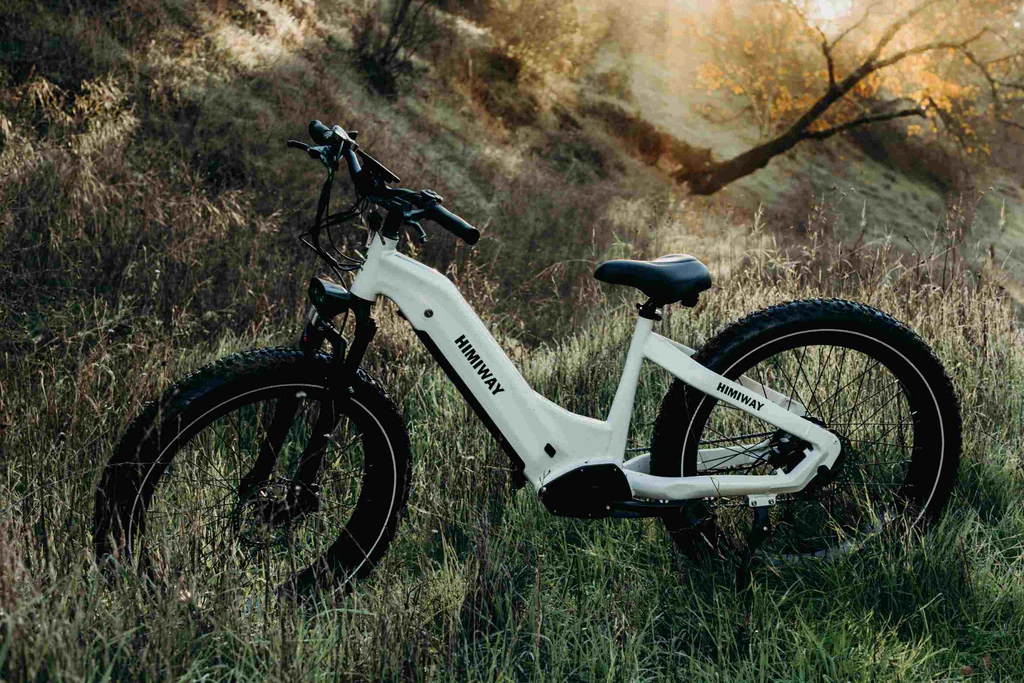
Sales of BMX bikes are increasing faster than almost any other type of bicycle. BMX e bike damen can be seen on every street, sidewalk and even in their natural habitat, off-road. Even if you never leave your house you’ve certainly seen such bikes on TV. Sure, you probably know what a BMX bike is, but what you probably don’t know is what exactly differentiates a BMX bike from other bikes. We’ll tell you how they’re different.
We’ll start with their origin. It’s quite simple, really. Bikes remained pretty much the same for many decades after they were invented, but the popularity of off-road motorcycle racing, or motocross, during the 60’s changed that. Kids saw the pros racing around on their dirt bikes and taking them off dirt ramps. They wanted to be like their heroes so kids imitated them on their bikes, which, at the time, weren’t made for such rough-housing. It didn’t take long for bike manufacturers to catch on and start manufacturing bikes made specifically for the rigors of racing and jumping off-road. Soon there were sanctioned bicycle motocross (BMX) all over the country. The BMX segment of the market grew and grew and continues to expand today. And of course most the kids (and adults) you see on these bikes don’t ever race and probably don’t jump them off anything more daring than a curb. Still though, BMX bikes are made to take a beating.
Now, to discuss the physical attributes of the BMX bike which makes it different from other bikes. The particular features can be narrowed down to the frame, the wheels/tires, the brakes, and the gears.
The frame on BMX bikes is designed to be very light so it can be easily maneuvered and very strong so it can withstand the stresses of jumping and racing. The light weight of a BMX frame is also important because a lighter bike can save you valuable seconds in a close-fought BMX race. Aluminum and chrome-moly steel are the two materials most favored by BMX’ers. Regular bikes are usually made from cheap grades of steel prone to rusting or even breaking when put under a lot of stress.
Another distinguishing feature of BMX bikes are their wheels and tires. Most BMX bikes have 20″ rims, of course they can also be purchased in other sizes. There is the 12″ size for young children just learning to ride. These days kids are learning to ride bikes before they learn to read! The next size up is the 16″ wheel. These bikes are mostly used by kids from the ages of 8 to 12. Once they enter the teen years, most kids ride the 20″ bikes. This is the size favored by many adults and pros, as well. There are BMX bikes with even larger wheels or in-between sizes but they aren’t as popular.
The tires on BMX bikes are different from conventional road bikes. They’re knobby to give them excellent traction on dirt trails and tracks. In fact, they’re very similar to mountain bike tires, just smaller.
Speaking of mountain bikes, such rides often have as many as 21 gears! Road bikes and beach cruisers typically don’t have that many but they do range from 3 to 18 speeds. BMX bikes, on the other hand, have just one gear. They have one sprocket up front and one on the back wheel. That’s it, they use just one gear because they’re made for all-out sprints and to have precise control for freestyle tricks.
Another feature which differentiates BMX bikes from conventional bikes are their brakes. BMX bikes often have just a rear brake. Having a front brake increases the likelihood of accidentally using just the front one and causing an accident. Plus, racers don’t need the extra braking power because they don’t want to slow down! A BMX bike made for doing tricks will have a front brake, though.
BMX bikes also usually come with pads to protect the rider during accidents and wrecks, which can happen a lot during races. Most racers don’t bother with pads, though, they’re too cool for that. If the bike does have pads, they’re usually on the top bar, handlebar clamp, and the handlebar crossbar.
BMX bikes are a booming business, and their popularity has increased across almost all segments of the market. You can often see BMX riders on televised competitions and commercials. BMX bikes are being ridden by all sorts of people, from professional riders to five year olds just having fun, adults who never grew out of them, and everyone in between.
BMX bikes are available in a range of sizes to accommodate all types of riders and all ages. They also have many specialized features to suit a variety of uses. There are, of course, a wide range in prices, too. If you are considering buying a bike for yourself or someone else, your best source of information are the people at your local bike shop. There’s also tons of reliable information online. The two main issues you need to consider are how the bike is going to be used and how much you are willing to spend. From there it’s up to you.